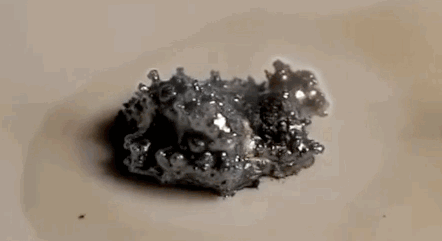Let’s take it back to the start.
What is Beyond the Big Bang? This blog started as a part of my
dissertation as my public dissemination piece which is a form of information
that explained my dissertation question to members of the public which are not
an expert in the field I was exploring. As I was forming the blog I got friends
to overview it and make sure there were no mistakes and as I got feedback I
realised that most people who are no longer studying science are still
interested in learning about it.
Why make a science
blog? From the age of 16 you are made to slim down your education to focus
more on a select subject. For most people this meant the end of science
education and although at the time most people are excited by the prospect of
no more chemical reactions or biological field studies, as they have gotten
older they miss learning more about how the world works. So I have decided to
carry on this blog to explain in more depth some of the everyday science around
us.
How are you going to
explain everything? In my further education I have studied in depth
chemistry and areas of biology, so don’t expect anything detailed about physics
or engineering as those things are still a mystery to me! But I do plan to try
and explain more of the everyday scientific terms that are thrown at us in
advertising, literature, movies etc. I will
be doing my research alongside to make sure everything that is presented is
correct and that there are no fibs being told.
Who are you? Let’s
be honest, at this stage no one really cares who I am but expel the basics. I
am a 22-year-old student living in London who has just graduated from their
undergraduate degree in pharmaceutical chemistry and is going on to a masters
in biopharmaceuticals. So I ain’t know David Attenborough with years of
knowledge behind them but I am a young adult who has scientific jargon thrown
at them daily and is curious to what it all actually means! For explain what
actually is gluten? What makes smart water smart? Why are there antioxidants in
my foundation? How does purple shampoo make blonde hair more blonde?
So if science doesn’t interest you at all then thank you for
reading this far but if you do have a curious mind to how this wacky world
works then stay tuned. The overall goal for this blog is to make science understandable
for everyone from every walk of life.
Now let’s get this nerd party started…








